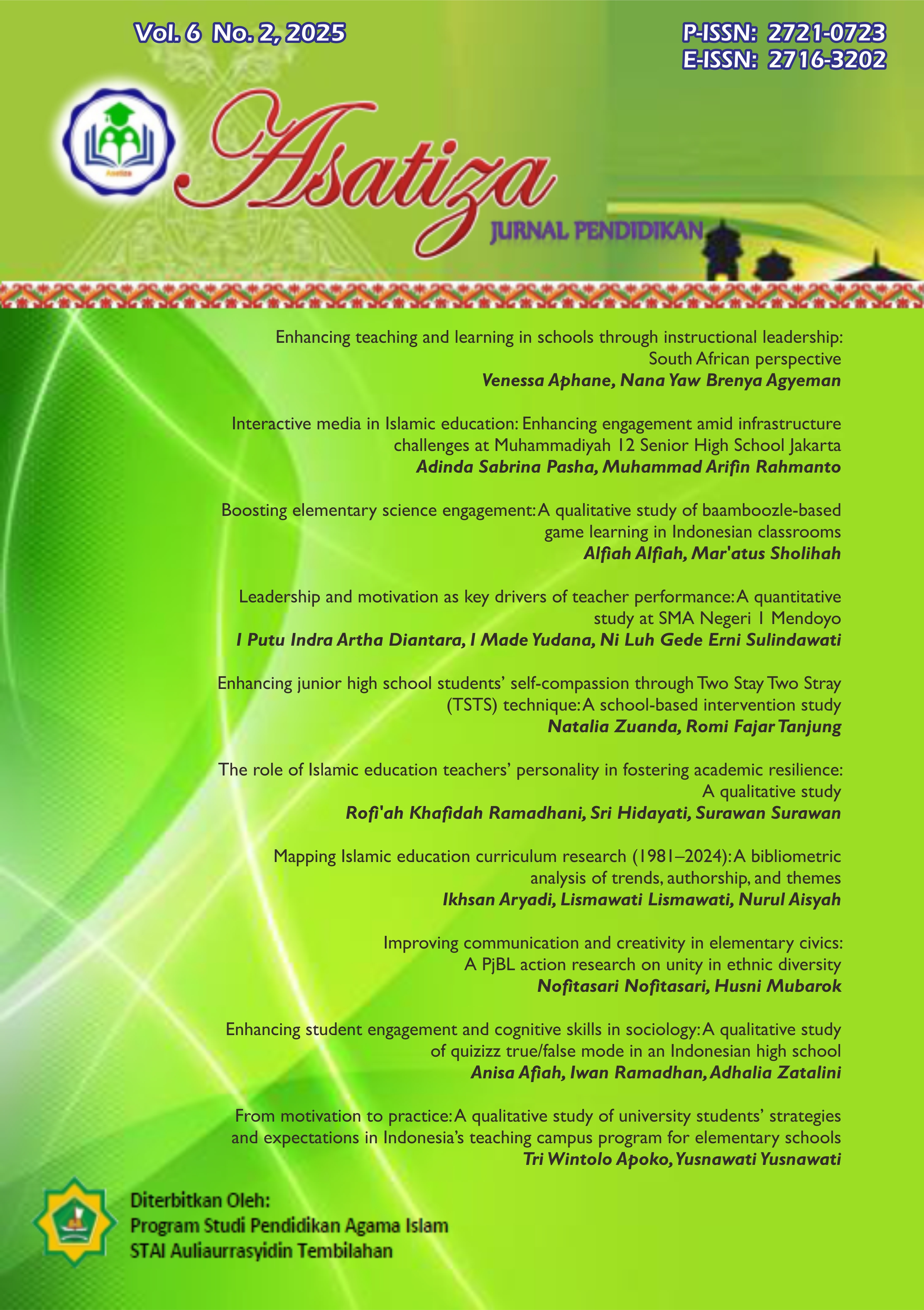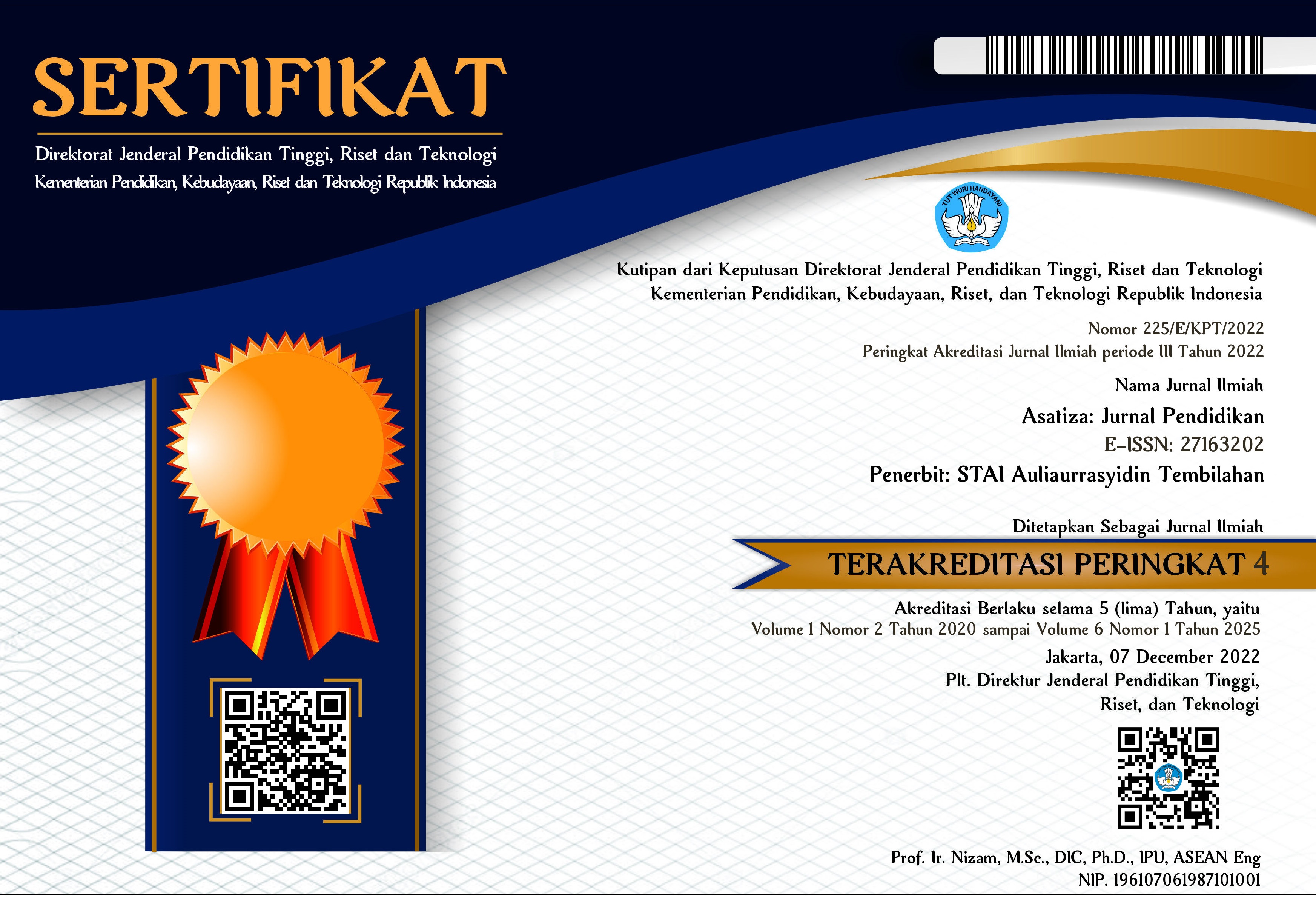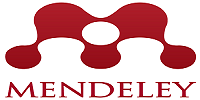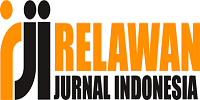Improving communication and creativity in elementary civics: A PjBL action research on unity in ethnic diversity
DOI:
https://doi.org/10.46963/asatiza.v6i2.2754Keywords:
Project Based Learning, Civic Education, Communication, Ethnic DiversityAbstract
This study addresses the low communication skills and creativity among third-grade students at MI NU Mafatihul Ulum Sunggingan Kudus, attributed to conventional teacher-centered learning methods. To enhance student engagement, this research implements the Project-Based Learning (PjBL) model in Civic Education (PPKn), focusing on unity in ethnic diversity. Employing a convergent mixed-method design, the study combines qualitative data (observations, interviews) with quantitative pre/post-test questionnaires analyzed via t-test. Conducted as a two-cycle Classroom Action Research (CAR), each cycle comprised planning, implementation, observation, and reflection. Participants included 29 students (15 female, 14 male). Data were collected through observations, interviews, documentation, and evaluations of discussions and worksheets, then analyzed via data reduction, triangulation, and Paired-T Test. Results demonstrated moderate improvements: communication scores rose from 81.07 (Cycle I) to 81.97 (Cycle II), while creativity increased from 86.31 to 91.17. The Paired-T Test confirmed statistical significance (p < 0.05), indicating PjBL’s effectiveness in fostering 21st-century skills. These findings underscore PjBL’s potential as a student-centered approach to elevate communication and creativity in Civic Education.
Downloads
References
Bell, S. (2010). Project-based learning for the 21st century: Skills for the future. The Clearing House, 83(2), 39-43. https://doi.org/10.1080/00098650903505415
Creswell, J. W., & Creswell, J. D. (2023). Research design: Qualitative, quantitative, and mixed methods approaches (6th ed.). SAGE.
Christian, Y. A. (2021). Meta analysis of project based learning model on creativity and student learning outcomes in elementary school. Educative: Journal of Education Science, 3(4), 2271–2278. https://doi.org/10.31004/edukatif.v3i4.1207
Desiani, I. M., Kurniasih, K., & Darmayanti, M. (2022). Pengembangan bahan ajar materi makna bersatu dalam keragaman untuk mengembangkan kepedulian sosial siswa kelas iii. JPGSD: Jurnal Pendidikan Guru Sekolah Dasar, 7(2), 1-6. https://doi.org/10.17509/jpgsd.v7i2.51826
Fraenkel, J. R., Wallen, N. E., & Hyun, H. H. (2019). How to design and evaluate research in education (10th ed.). McGraw-Hill.
Gunawan, R. W., Husnu, M., Yusri, A., & Fikni, Z. (2024). Fostering communicative competence through simple project-based learning approaches. J-CEKI: Jurnal Cendekia Ilmiah, 3(6), 7077–7083. https://doi.org/10.56799/jceki.v3i6.5622
Hardiman, M. M., JohnBull, R. M., Carran D. T., & Shelton, A. (2019). The effects of arts-integrated instruction on memory for science content. Trends in Neuroscience and Education. https://doi.org/10.1016/j.tine.2019.02.002
Hikhmalia, A. A. (2021). Development of teaching materials on the meaning of unity in diversity to instill social care attitudes of third grade elementary school students. Journal of Elementary School Teacher Education, 8(2), 123-135. https://ejournal.upi.edu/index.php/jpgsd/article/view/63446
Johnson, R. B., & Christensen, L. (2019). Educational research: Quantitative, qualitative, and mixed approaches (7th ed.). SAGE.
Kemmis, S., & McTaggart, R. (1988). The action research planner. Deakin University Press.
Kokotsaki, D., Menzies, V., & Wiggins, A. (2016). Project-based learning: A review of the literature. Improving Schools, 19(3), 267-277. https://doi.org/10.1177/1365480216659733
Krajcik, J., & Shin, N. (2023). Project-based learning. In R. Sawyer (Ed.), Cambridge Handbook of the Learning Sciences (3rd ed.). Cambridge University Press.
Laili, D. N., Fithriyah, M., & Hadiyani, V. P. (2025). Pengaruh Model Pembelajaran PJBL Terhadap Kreativitas Siswa Kelas IV Pada Mata Pelajaran SBDP Madrasah Ibtidaiyah. Pedagogik Journal of Islamic Elementary School, 8(1), 157–168. https://doi.org/10.24256/pijies.v8i1.6144
Magdalena, I., Haq, A. S., & Ramdhan, F. (2020). Learning citizenship education at Bojong 3 Pinang State elementary school. Bintang, 2(3), 418-439. https://doi.org/10.36088/bintang.v2i3.995
Mertler, C. A. (2023). Action research: Improving schools and empowering educators (7th ed.). SAGE.
Miles, M. B., Huberman, A. M., & Saldaña, J. (2018). Qualitative data analysis: A methods sourcebook (4th ed.). SAGE.
Ministry of Education, Culture, Research and Technology. (2022). Independent Curriculum Learning Guide for SD/MI. Jakarta: Kemendikbudristek.
Ministry of Education. (2022). Independent Curriculum Implementation Guide. Jakarta: Director General of PAUD, Dikdas, and Dikmen.
Partnership for 21st Century Learning. (2019). Framework for 21st century learning. http://www.battelleforkids.org
Piaget, J. (1954). The Construction of Reality in the Child. Basic Books.
Prasetyo, M. A. M., & Husaini, H. (2021). The effectiveness of quality management of lecturers of state Islamic religious universities. Improvement: Scientific Journal for Improving the Quality of Education Management, 8(1), 29-39. https://doi.org/10.21009/Improvement.081.03
Prasetyo, M. A. M., Bashori, B., & Masriani, M. (2020). Capacity building model in border pesantren under the guidance of the Aceh Provincial Dayah Education Office. INFERENCE: Journal of Social and Religious Research, 14(1), 71-96. https://doi.org/10.18326/infsl3.v14i1.71-96.
Pratama, I. P. A., Sujana, I. W., & Ganing, N. N. (2022). Interactive learning media based on project-based learning on the material of ethnic diversity in Indonesia. Scientific Journal of Education and Learning, 6(2), 317-329. https://doi.org/10.23887/jipp.v6i2.47377
Sari, N. A., & Astuti, D. (2022). Project based learning in improving students' 21st century skills in civics learning.” Journal of Civic Education,12(1),34-45. https://doi.org/10.21009/JPKn.121.04
Setiawan, R., Suhartono, S., & Rokhmaniyah, R. (2023). Application of project-based learning model with picture card media to improve students' creativity in learning Civics about the state symbol Garuda Pancasila. Kalam Cendekia: Scientific Journal of Education, 12(1), 45-58. https://doi.org/10.20961/jkc.v12i1.76550
Thomas, J. W. (2000). A review of research on project-based learning. San Rafael, CA: Autodesk Foundation.
Vygotsky, L. S. (1978). Mind in society: The development of higher psychological processes. Harvard University Press.
Yuniati, A., & Indriayu, M. (2024). Implementasi pembelajaran keberagaman budaya dengan menerapkan model pembelajaran Project Based Learning (PjBL) berbantuan Lapbook. Social, Humanities, and Educational Studies (SHES): Conference Series, 7(3). http://dx.doi.org/10.20961/shes.v7i3.91557
Downloads
Published
Issue
Section
License
Copyright (c) 2025 Nofitasari Nofitasari, Husni Mubarok

This work is licensed under a Creative Commons Attribution-ShareAlike 4.0 International License.
Authors who publish with this journal agree to the following terms:
1. Copyright on any article is retained by the author(s).
2. The author grants the journal, right of first publication with the work simultaneously licensed under a Creative Commons Attribution shareAlike 4.0 International License that allows others to share the work with an acknowledgment of the work’s authorship and initial publication in this journal.
3. Authors are able to enter into separate, additional contractual arrangements for the non-exclusive distribution of the journal’s published version of the work (e.g., post it to an institutional repository or publish it in a book), with an acknowledgment of its initial publication in this journal.
4. Authors are permitted and encouraged to post their work online (e.g., in institutional repositories or on their website) prior to and during the submission process, as it can lead to productive exchanges, as well as earlier and greater citation of published work.
5. The article and any associated published material is distributed under the Creative Commons Attribution-ShareAlike 4.0 International License











2.png)



